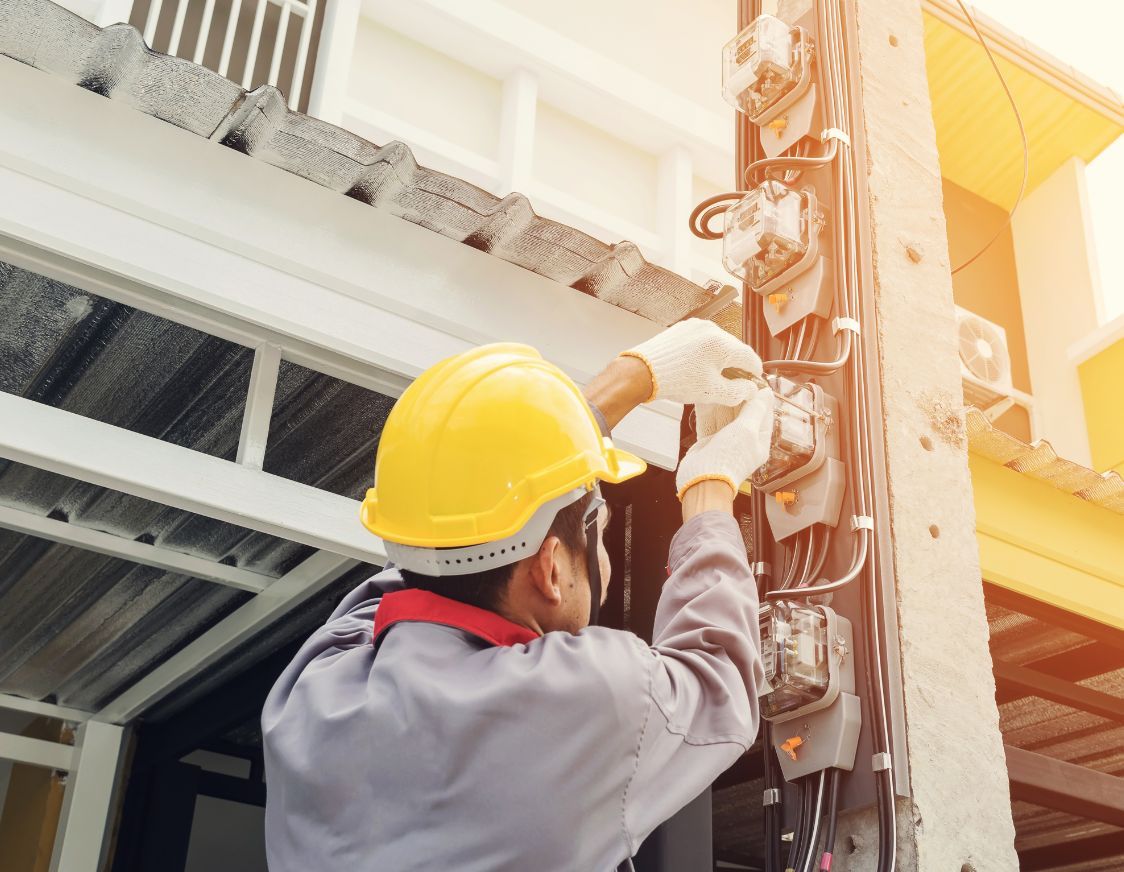The National Electrical Code (NEC) is the foundational standard for electrical safety in the United States, providing guidelines for the safe installation, maintenance, and inspection of electrical systems. For electricians, understanding and adhering to the NEC is crucial, as non-compliance can lead to safety hazards, legal penalties, and increased insurance costs. This guide covers the essentials of the NEC code, from its structure to implementation, common violations, and staying updated on revisions.
Grasping the NEC Code Fundamentals
The NEC Code is a comprehensive document that sets safety standards for electrical systems, promoting safe practices across residential, commercial, and industrial applications.
Importance of the NEC Code in Electrical Safety
The NEC Code establishes essential safety standards to minimize risks of electrical hazards, including shock, fire, and equipment damage. For electricians, adhering to the NEC not only ensures safety on job sites but also demonstrates a commitment to industry standards, which can positively impact insurance rates. Companies looking for coverage options tailored to electricians should consider policies like general liability insurance, which can protect against claims resulting from electrical incidents.
Overview of NEC Code Structure
The NEC Code is structured to provide clear guidelines on specific aspects of electrical work, including installation requirements, equipment standards, and safety protocols. Each section focuses on different elements, such as grounding, circuit protection, and material use. Familiarity with this structure allows electricians to quickly access the information they need, making compliance more manageable.
Essential Elements of the NEC
The NEC is divided into various parts, each addressing critical aspects of electrical safety. Understanding key definitions and major sections helps electricians navigate the code effectively.
Key Definitions and Terminology
The NEC uses specific terminology to maintain consistency across the industry. Terms like “overcurrent,” “bonding,” and “grounding” have precise definitions in the NEC, ensuring that electricians understand exactly what each safety requirement entails. For those working in regulated areas, like California, environmental liability insurance may be necessary to cover specific risks associated with hazardous materials, which are also defined in NEC standards.
Major Sections of the NEC
The NEC covers a range of topics essential to safe electrical practices, including:
- General Requirements: Outlines foundational rules for electrical installations.
- Wiring and Protection: Covers wiring methods, overcurrent protection, and grounding.
- Wiring Methods and Materials: Specifies approved materials and installation techniques.
- Equipment for General Use: Sets standards for common electrical equipment like switches and receptacles.
For electricians working with large-scale equipment or specialized systems, inland marine insurance can help protect against losses due to equipment damage during transportation or storage.
Implementing NEC Standards Effectively
Compliance with NEC standards requires a proactive approach, combining best practices with tools that support accurate application. By focusing on adherence to NEC standards, electricians can enhance workplace safety and reduce liability risks.
Best Practices for Compliance
To ensure NEC compliance, electricians should:
- Conduct Regular Inspections: Routine inspections help identify and address potential compliance issues before they lead to violations.
- Follow Manufacturer Guidelines: Equipment manufacturers often provide installation instructions that align with NEC standards. Adhering to these recommendations is essential for safety and compliance.
- Document Work: Keeping detailed records of installations, inspections, and repairs helps track compliance and provides a reference in case of disputes.
For businesses that provide professional advice or installation services, error and omissions insurance offers an added layer of protection against potential claims of professional negligence.
Tools for NEC Standard Application
Several tools and resources are available to help electricians implement NEC standards effectively:
- NEC Handbooks: Comprehensive guides that explain NEC requirements in detail, with real-life examples.
- Inspection Checklists: Customized checklists ensure that all aspects of the NEC are covered during inspections.
- Compliance Software: Digital tools can help electricians streamline record-keeping, track compliance, and simplify code referencing.
Frequent NEC Code Violations to Avoid
Understanding common NEC violations can help electricians avoid costly mistakes and maintain compliance. These violations are often due to oversight or misunderstanding of specific requirements.
Identifying Common Mistakes
Some frequent NEC violations include:
- Improper Grounding: Failing to ground electrical systems correctly increases the risk of shock and fire.
- Overloaded Circuits: Exceeding the capacity of circuits can lead to overheating and equipment damage.
- Use of Incorrect Wire Types: The NEC specifies wire types for different applications. Using the wrong type can compromise safety and lead to penalties.
For electricians managing multiple projects, maintaining insurance such as commercial property insurance can protect against potential property damages from code violations or other risks.
Consequences of Non-Compliance
Non-compliance with the NEC can result in serious consequences, including fines, project delays, and increased liability. Insurance costs may also rise if frequent violations occur, as insurers view non-compliant practices as a higher risk. Contractors working in high-risk areas or on regulated projects may find commercial umbrella insurance useful for extending their coverage limits in case of large claims.
Staying Updated on NEC Code Revisions
The NEC Code is updated regularly to reflect new technologies, safety advancements, and regulatory changes. Staying informed about these updates is essential for continued compliance and safety.
How to Access the Latest NEC Updates
Electricians can access NEC updates through:
- NFPA Website: The National Fire Protection Association (NFPA) publishes updates on its website, making it easy to stay current.
- Industry Newsletters: Many industry associations provide newsletters with NEC updates, offering summaries of critical changes.
- Training Courses: Courses that focus on NEC changes provide in-depth explanations and applications of new standards.
Understanding the Impact of Changes
Understanding the implications of NEC updates is vital, as even minor changes can impact compliance. For example, a revision that mandates specific safety equipment could affect electricians who handle hazardous materials or work in high-risk environments. For added protection, pollution liability insurance is recommended for businesses working in areas where environmental safety is a top priority.
Final Thoughts on NEC Code Compliance
Adhering to the NEC Code is a cornerstone of electrical safety, helping electricians avoid hazards, protect clients, and reduce insurance costs. By understanding the structure of the NEC, following best practices, and staying updated on revisions, electricians can create safer work environments and enhance their professional reputation. Additionally, maintaining comprehensive insurance coverage tailored to the needs of electricians, such as electrician insurance, provides financial security and supports compliance efforts, allowing businesses to grow while prioritizing safety.












